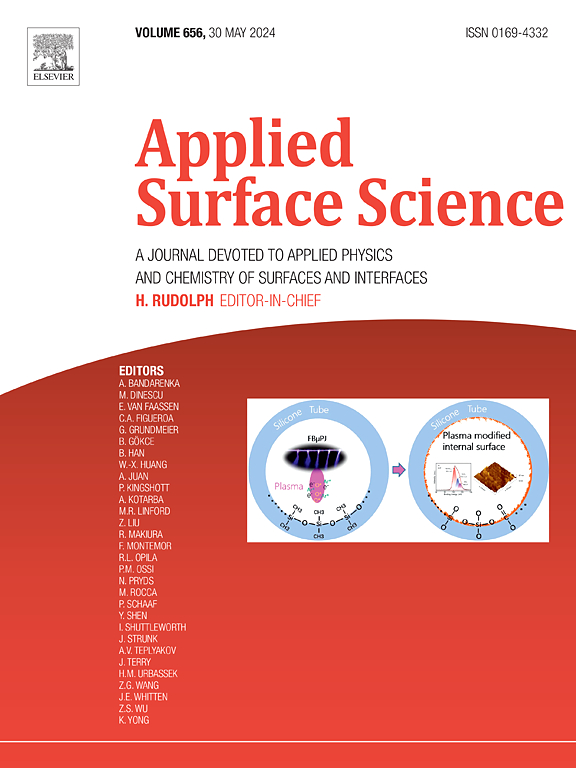One-step construction of low-dimensional hybrid carbon networks embedded with magnetic Fe nanoparticles for efficient microwave absorption
IF 6.3
2区 材料科学
Q2 CHEMISTRY, PHYSICAL
引用次数: 0
Abstract
Low-dimensional hybrid carbon networks with high electrical conductivity and low density are essential for designing lightweight and efficient microwave absorbing materials (MAMs). In this study, low-dimensional hybrid carbon networks with tailorable electromagnetic properties were successfully fabricated by a one-step method. These networks consist of (i) magnetic Fe nanoparticle-embedded, two-dimensional (2D) carbon lamellar structure and (ii) intertwined one-dimensional (1D) carbon nanotubes grown on the structure. These 1D-2D hybrid networks exhibit excellent electron transport, enhanced interfacial polarization, multiple loss mechanisms, and improved impedance matching. Consequently, they significantly boost MAM performance. With a 30 wt% absorbent filling fraction, the material achieves a reflection loss of less than − 10 dB across a frequency range of 5.0 GHz in the Ku band, with a matching thickness of only 1.67 mm. By tuning absorber thickness from 1.0 to 5.0 mm, the effective absorption bandwidth can reach up to 14.3 GHz, covering 89 % of the frequency range measured, and achieving a bandwidth of 10.0 GHz with 99 % absorption intensity. These results underscore a simple and effective strategy to construct low-dimensional hybrid carbon networks having tunable electromagnetic properties, that offers a promising pathway for the design of lightweight, broadband and efficient MAMs.

磁性铁纳米颗粒嵌入低维杂化碳网络的一步法高效微波吸收
具有高导电性和低密度的低维杂化碳网络是设计轻质高效微波吸收材料的必要条件。在这项研究中,通过一步法成功地制备了具有可定制电磁特性的低维杂化碳网络。这些网络由(i)磁性铁纳米颗粒嵌入的二维(2D)碳片层结构和(ii)缠绕在结构上的一维(1D)碳纳米管组成。这些1D-2D混合网络具有优异的电子传递、增强的界面极化、多种损耗机制和改进的阻抗匹配。因此,它们显著提高了MAM性能。当吸收剂填充比例为30 wt%时,该材料在Ku波段5.0 GHz频率范围内的反射损失小于 − 10 dB,匹配厚度仅为1.67 mm。通过将吸收器厚度从1.0 ~ 5.0 mm调整,有效吸收带宽可达14.3 GHz,覆盖了89 %的测量频率范围,实现了10.0 GHz的带宽和99 %的吸收强度。这些结果强调了构建具有可调谐电磁特性的低维混合碳网络的简单有效策略,为设计轻量化,宽带和高效的mam提供了有希望的途径。
本文章由计算机程序翻译,如有差异,请以英文原文为准。
求助全文
约1分钟内获得全文
求助全文
来源期刊

Applied Surface Science
工程技术-材料科学:膜
CiteScore
12.50
自引率
7.50%
发文量
3393
审稿时长
67 days
期刊介绍:
Applied Surface Science covers topics contributing to a better understanding of surfaces, interfaces, nanostructures and their applications. The journal is concerned with scientific research on the atomic and molecular level of material properties determined with specific surface analytical techniques and/or computational methods, as well as the processing of such structures.
 求助内容:
求助内容: 应助结果提醒方式:
应助结果提醒方式:


